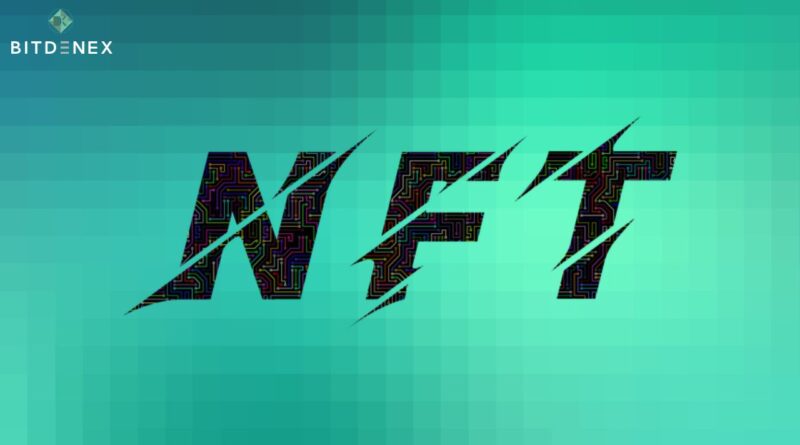What are NFTs and How do they work?
A complete guide to NFTs, including how they work, examples, and more. If you’ve been following the cryptocurrency industry, you’ve probably heard the term “non-fungible token” or NFT. In recent years, NFTs have gained popularity in the digital art industry and elsewhere. But what is an NFT, and how does it function? In this post, we’ll go in-depth about NFTs, including what they are, how they function, and why they’ve grown in popularity.
What does NFT mean?
NFTs, or Non-Fungible Tokens, are a sort of digital asset that is unique and cannot be exchanged. Unlike other cryptocurrencies such as Bitcoin or Ethereum, which are fungible, NFTs cannot be swapped one-for-one. Each NFT is unique and symbolizes a particular asset, such as a work of art or a digital collectible.
As with other cryptocurrencies, NFTs are held on a blockchain. Ethereum is the most popular blockchain for NFTs, but others such as Binance Chain (formerly Binance Smart Chain), Solana, and Flow are gaining traction.
How do NFTs work?
NFTs are produced using smart contracts, which are self-executing contracts with the conditions of the buyer-seller agreement put directly into lines of code. These smart contracts are stored on the blockchain and made public.
When someone creates an NFT, they include particular information about the item being represented, such as its name, description, and image. The NFT is then minted on the blockchain, resulting in a one-of-a-kind digital certificate of ownership for that asset. This certificate of ownership is kept on the blockchain and is transferable between owners in the same way that conventional cryptocurrency is.
Advantages of NFTs
NFTs offer numerous benefits that make them valuable in various fields, from art to real estate. Here are some of the most significant advantages of using NFTs:
1. Market Efficiency
One of the most obvious advantages of NFTs is their ability to streamline sales processes by eliminating intermediaries. By tokenizing a real object, NFTs enable direct transactions between buyers and sellers, eliminating the need for agents. For example, NFTs representing digital or physical artwork on a blockchain can let artists to engage directly with their target audiences and sell their works without the need for agencies.
2. Investing
NFTs can also make it easier to invest in a variety of assets. For example, real estate can be tokenized using NFTs. A property can be divided into portions, each with its own unique characteristics. For example, a lakeside unit may be priced differently than one closer to the forest. Real estate trading can be simplified by allocating an NFT to each section of the property and including essential metadata in the unique NFTs.
3. Ownership Representation
NFTs, like stocks, can be used to represent corporate ownership. Stock ownership is already documented using ledgers that include the stockholder’s name, date of issuance, certificate number, and quantity of shares. Using NFTs and blockchain instead of a stock ledger can help to automate ownership transfers, making it easier to transfer corporate shares.
4. Security
NFTs can also improve security, notably for identity protection. Personal data saved on an immutable blockchain cannot be viewed, stolen, or used by anybody without the necessary keys. As a result, NFTs can be used to securely store sensitive information.
5. Democratization of Investing
NFTs can help to democratize investing by fractionalizing physical assets such as real estate and artwork. Dividing a digital real estate asset among many owners is simpler than doing so with a physical one. Multiple individuals can jointly own a fraction of a painting or other expensive art by acquiring a share, enhancing the artwork’s value and revenue.
Challenges of NFTs
NFTs confront several hurdles, including environmental concerns, legal and regulatory issues, and technical restrictions. The energy required to build and manage NFTs is a major concern. There are also legal and regulatory concerns about NFT ownership and trading, as well as technical restrictions like scalability and interoperability. Another issue with NFTs is their propensity for speculative bubbles. Because NFTs are a new and fast-expanding market, pricing can be quite volatile. Some NFTs have sold for millions of dollars, prompting some to believe that the industry is in a bubble that will eventually burst.
Buy and sell crypto in minutes with 0.20% trading fees at Bitdenex Exchange.

